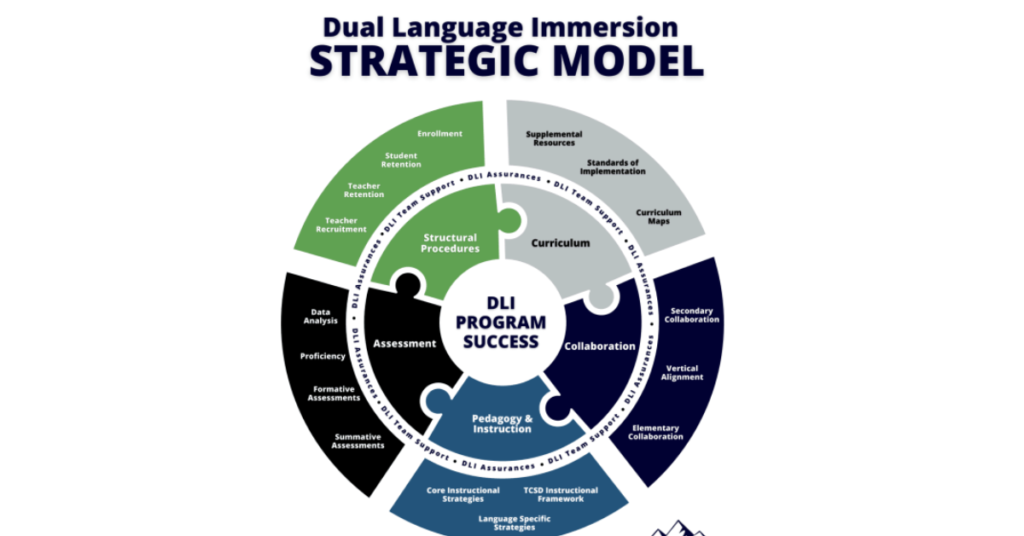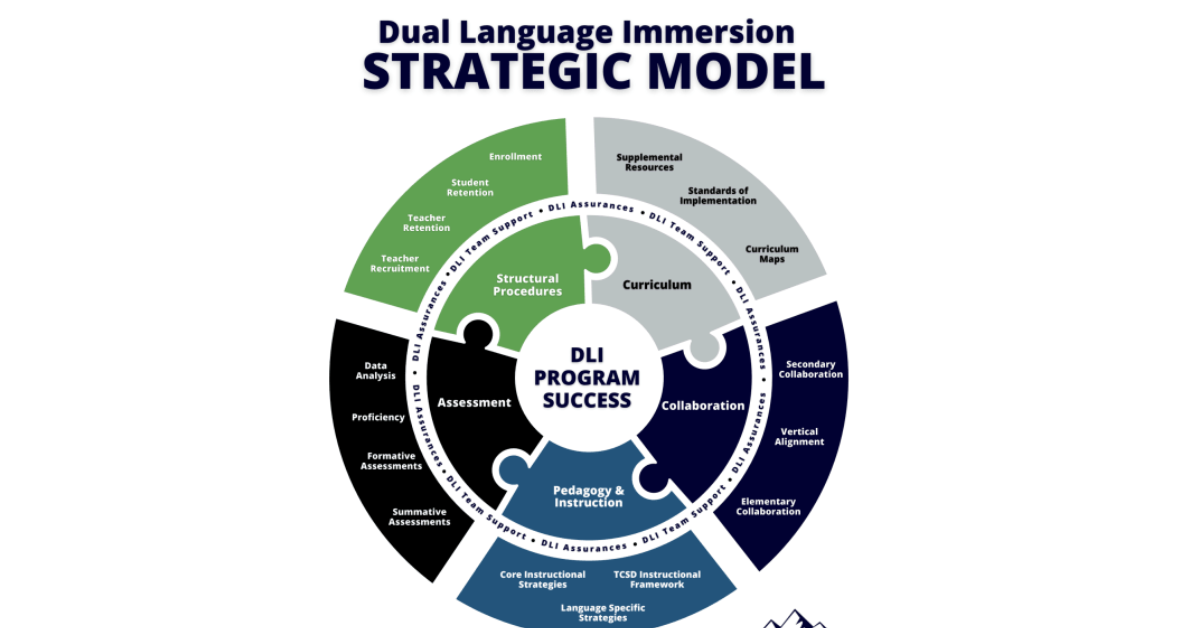In today’s globalized world, the ability to communicate in multiple languages has become increasingly valuable. For students seeking to enhance their language skills, university language immersion programs offer an unparalleled opportunity. These programs not only provide students with linguistic proficiency but also immerse them in the cultural contexts of the languages they are learning. This article explores the significance, structure, benefits, and challenges of university language immersion programs, while providing insights into how these initiatives can transform the educational experience for students.

Understanding Language Immersion Programs
Language immersion programs are educational frameworks designed to promote language acquisition through real-life engagement and contextual learning. Unlike traditional classroom settings, where students often learn in isolation from the language’s cultural nuances, immersion programs integrate language instruction with cultural experiences.
In these programs, students typically live in a target language environment, either through studying abroad or in a domestic setting that emphasizes the use of the language in everyday life. The aim is to foster an environment where the target language is the primary mode of communication, thereby accelerating the learning process.
Types of University Language Immersion Programs
University language immersion programs can be categorized into several types, each tailored to different learning goals and contexts:
1. Study Abroad Programs
These programs allow students to travel to a country where the target language is spoken. Students often attend local universities or language schools and engage in daily activities that require the use of the language. This immersion facilitates learning through cultural experiences, such as interacting with native speakers, participating in local traditions, and navigating daily life in the target language.
2. Domestic Immersion Programs
For students unable to travel abroad, many universities offer domestic immersion programs. These initiatives may include intensive language courses combined with cultural activities within the university or local community. Students may live in language-focused housing or participate in conversation partner programs with native speakers, providing a semblance of immersion without leaving their home country.
3. Thematic Immersion Programs
Some universities create thematic immersion programs centered around specific topics, such as business, art, or environmental studies. These programs combine language learning with a focused curriculum, allowing students to acquire both language skills and specialized knowledge. For example, a student might participate in a program that combines Spanish language instruction with studies in Latin American history or politics.
Benefits of Language Immersion Programs
The advantages of participating in university language immersion programs are vast, ranging from linguistic proficiency to personal growth. Here are some key benefits:
1. Enhanced Language Proficiency
One of the most significant benefits of immersion programs is the accelerated acquisition of language skills. Constant exposure to the language in practical settings helps students internalize vocabulary, grammar, and pronunciation more effectively than traditional classroom learning. Students are often required to use the language in various contexts, which reinforces their understanding and fluency.
2. Cultural Understanding
Language is deeply intertwined with culture. Immersion programs provide students with firsthand experience of cultural practices, customs, and social norms. This cultural immersion fosters a greater appreciation for diversity and a deeper understanding of the nuances of communication in different contexts.
3. Personal Development
Living in a foreign environment challenges students to step out of their comfort zones, promoting personal growth. Students often develop increased confidence, adaptability, and independence as they navigate unfamiliar situations. These skills are invaluable not only in language learning but also in future career and life experiences.
4. Networking Opportunities
Language immersion programs often facilitate connections with local communities and other students from diverse backgrounds. This networking can lead to lasting friendships, professional contacts, and collaborative opportunities. Engaging with native speakers also enriches students’ understanding of language use in real-world situations.
Challenges of Language Immersion Programs
Despite the numerous benefits, participating in language immersion programs can also present challenges. Understanding these potential obstacles can help students prepare and maximize their immersion experience.
1. Initial Language Barrier
For students with limited proficiency, the initial transition into an immersive environment can be daunting. Struggling to communicate effectively may lead to frustration and self-doubt. However, this challenge is often a catalyst for rapid improvement, as students quickly adapt to the demands of their surroundings.
2. Cultural Adjustment
Adjusting to a new culture can be both exciting and overwhelming. Students may experience culture shock as they navigate unfamiliar customs, social norms, and lifestyle differences. It is essential for students to approach these challenges with an open mind and a willingness to learn.
3. Financial Considerations
Participating in language immersion programs, particularly study abroad options, can involve significant financial investment. Tuition, travel, accommodation, and living expenses can add up quickly. Students should explore scholarships, grants, or financial aid options available through their universities to mitigate these costs.
Choosing the Right Language Immersion Program
When selecting a language immersion program, students should consider several factors to ensure a good fit for their learning goals and personal circumstances:
1. Language Goals
Students should clarify their language goals, such as achieving conversational fluency, academic proficiency, or professional competency. Understanding these objectives will help guide the selection of an appropriate program.
2. Program Structure
Different programs offer varying structures, including intensity of coursework, duration, and support services. Students should assess which format aligns best with their learning style and schedule. Some may prefer a full academic semester abroad, while others may benefit from shorter, more intensive summer programs.
3. Cultural Integration
Assessing how a program incorporates cultural experiences is crucial. Programs that offer community engagement, cultural activities, and interaction with native speakers can enhance the immersion experience significantly.
4. Support Services
Students should also inquire about the support services provided by the program, including language tutoring, counseling, and academic advising. Programs that offer robust support can help students navigate challenges and maximize their immersion experience.
Conclusion
University language immersion programs provide an invaluable opportunity for students to enhance their language skills and cultural understanding in a dynamic and engaging way. By immersing themselves in a language-rich environment, students can achieve greater linguistic proficiency, develop a deeper appreciation for diverse cultures, and foster personal growth.
While challenges exist, careful planning and selection of the right program can lead to transformative educational experiences. As global communication continues to evolve, the importance of language immersion programs will only increase, equipping students with the skills necessary to thrive in a diverse and interconnected world.
